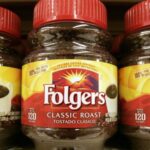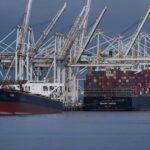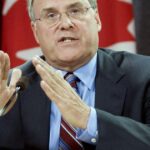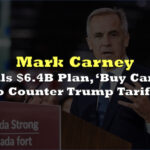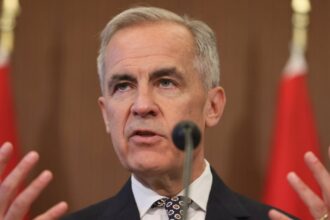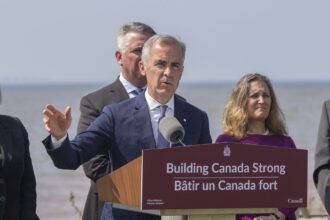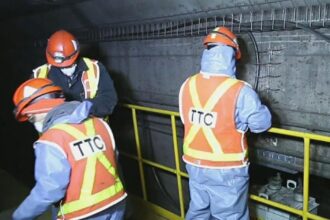As Donald Trump’s potential return to the White House looms larger, Canadian officials are quietly but rapidly intensifying preparations for a new era of trade relations with our largest economic partner. Former Bank of Canada governor Mark Carney has emerged as a key figure in this high-stakes diplomatic chess match, bringing his considerable financial acumen to bear on what could become Canada’s most significant economic challenge in decades.
“We’re not sitting on our hands waiting for the results in November,” revealed a senior government official who requested anonymity to discuss sensitive diplomatic matters. “There’s recognition across party lines that regardless of who occupies the Oval Office, Canada must be proactive rather than reactive when it comes to our economic sovereignty.”
Carney, whose experience navigating global financial waters during his tenure at both the Bank of Canada and Bank of England, has been engaging in what insiders describe as “strategic dialogues” with American counterparts. His involvement signals the seriousness with which Ottawa views the potential shifts in Canada-US trade relations.
The stakes couldn’t be higher. Trade with the United States represents approximately 75% of Canada’s exports and supports millions of jobs across the country. Trump’s previous presidency saw the renegotiation of NAFTA into the USMCA, a process marked by tense negotiations and threats of punitive tariffs.
Premier Doug Ford has also stepped into the diplomatic fray, leveraging his previously established rapport with Republican leadership. “Ontario’s economic interests are intrinsically tied to American markets,” Ford stated during a recent business forum in Toronto. “We’re building bridges now that will serve us regardless of election outcomes.”
Sources familiar with the preparations indicate that Canadian officials are developing contingency plans for several scenarios, including potential tariffs on Canadian aluminum and steel, automotive manufacturing disruptions, and agricultural trade tensions. The strategy appears focused on identifying key pressure points where Canada maintains leverage while preparing defensive positions for vulnerable sectors.
“What we’re seeing is unprecedented coordination between federal and provincial governments,” explained Dr. Amrita Singh, professor of international trade at Queen’s University. “There’s a sophisticated understanding that Canada needs to approach these potential negotiations with both flexibility and clearly defined red lines.”
The preparation extends beyond government circles. Industry associations representing sectors from energy to manufacturing are developing their own strategic responses, many working in concert with government officials to present unified positions.
This proactive approach marks a significant departure from Canada’s traditional wait-and-see approach to American elections. “The lessons of 2016 were painful but valuable,” noted one senior diplomat. “We learned that hoping for the best is not a strategy.”
While the official message remains one of working productively with any American administration, the intensity of behind-the-scenes preparations suggests genuine concern about potentially disruptive changes to the trading relationship that forms the backbone of the Canadian economy.
As these preparations accelerate, a fundamental question emerges for Canadians across the political spectrum: In an era of increasing economic nationalism and shifting global alliances, can Canada maintain both its sovereignty and prosperity while remaining so deeply integrated with an increasingly unpredictable American economy?



